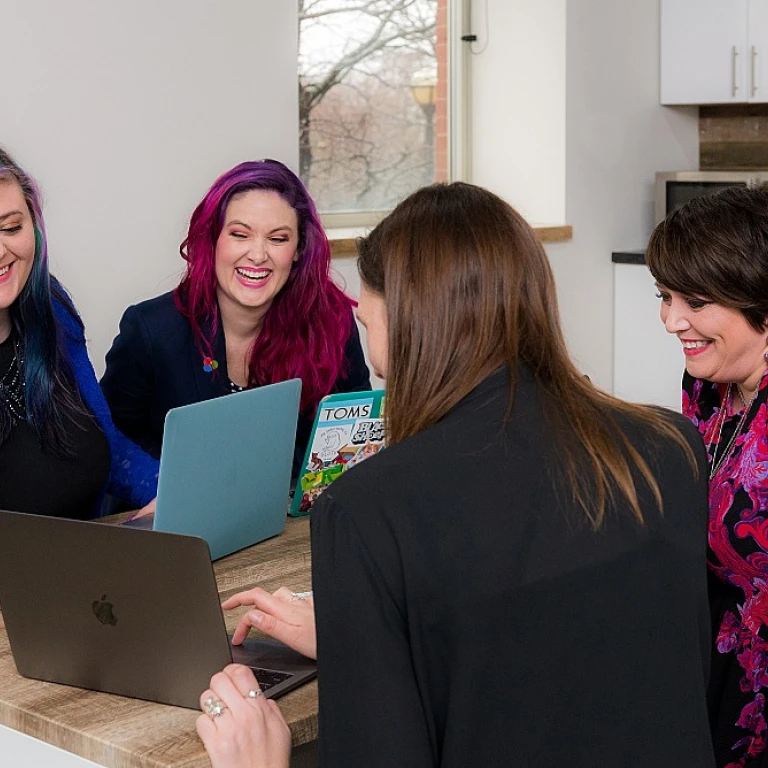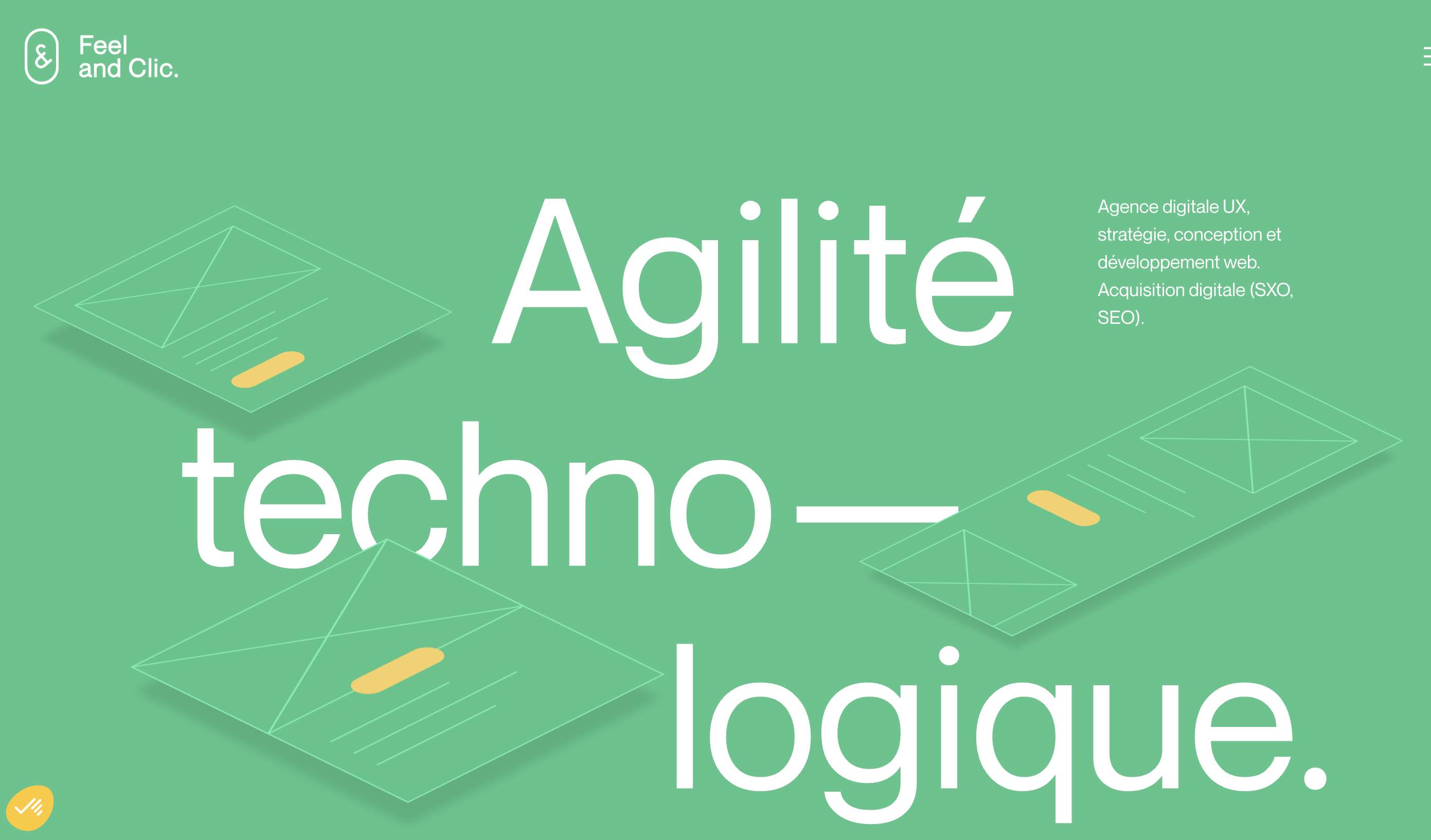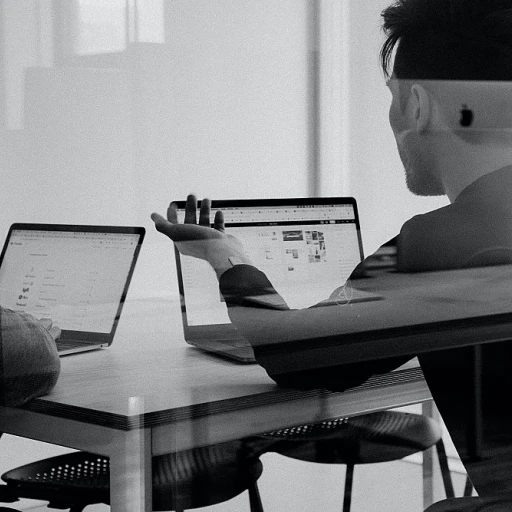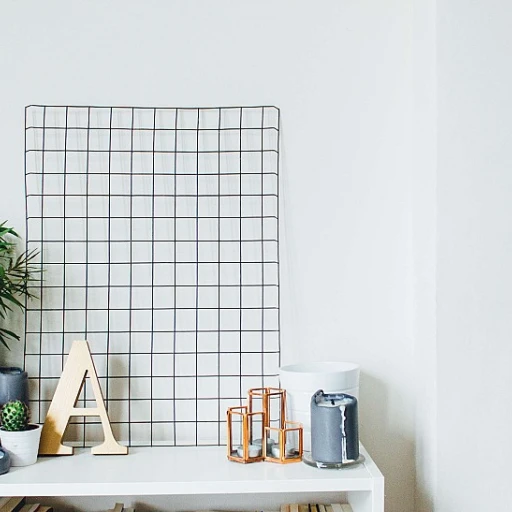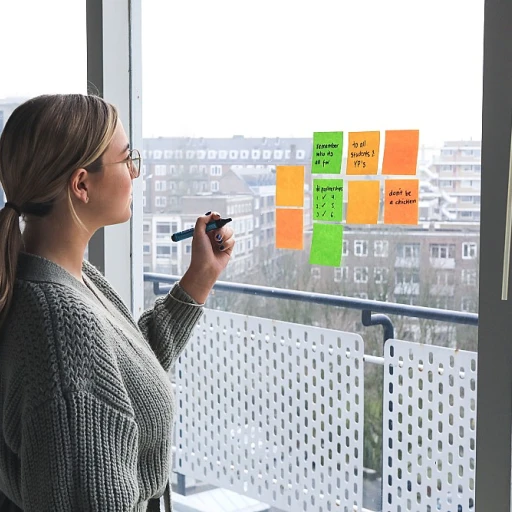Understanding Full-Screen Testing
Delving Into Full-Screen Testing
Understanding full-screen testing is the first step in grasping its vital role in product development. In essence, it evaluates how well a product’s design fits and functions across various screen sizes and resolutions. The testing is pivotal in the development process as it reveals how products present themselves to users in real-world scenarios. The market demands ever-evolving products tailored to specific user needs, and full-screen testing plays a central role in this adaptability. Through careful examination of a product's visual and functional aspects on full screens, developers can ensure that their ideas maintain integrity across devices. Full-screen testing is more than a design checkpoint; it’s a strategic phase in concept development. Think of it as part of the broader idea screening process, where target audience feedback can influence product features and identify potential pain points. By addressing these issues early, businesses enhance their chances of launching a successful product. For product managers and development teams, full-screen testing acts as an avenue for both product discovery and usability testing. It provides insights into user experience and highlights areas that might require refinement. With each stage of product design and development, full-screen testing emphasizes the importance of a seamless user journey. Recognizing its influence in magnifying user feedback and refining product concepts is paramount for thriving in today's competitive market. Discover the rise of experience as a service in design as part of this integral process.Enhancing User Experience
Elevating the User's Journey
In the development process, ensuring a seamless user experience is crucial for any successful product. Full-screen testing plays a pivotal role in this by allowing designers to immerse themselves in the user's perspective. By evaluating the entire interface as a user would, teams can better understand how design choices impact the overall experience.
When users interact with a product, their journey should be intuitive and free of obstacles. This involves meticulous attention to design details that might otherwise go unnoticed in smaller-scale testing. Full-screen testing helps identify potential pain points, ensuring that the user journey is as smooth as possible from start to finish.
Moreover, this stage of testing provides valuable feedback from real users. By observing how users navigate the product, teams can gather insights into their behavior and preferences. This feedback is essential for refining the design and ensuring it meets the target audience's expectations. User interviews and usability testing conducted during this phase can reveal crucial information that might not surface during earlier stages of product development.
Ultimately, enhancing the user experience through full-screen testing is not just about fixing problems; it's about creating a product that resonates with users on a deeper level. This approach ensures that the product is not only functional but also enjoyable to use, which is key to achieving a successful product in today's competitive market.
Ensuring Design Consistency
Pursuing Consistency Throughout Development
Creating a successful product demands rigorous attention to ensuring design consistency. During the product development process, design teams must maintain uniformity in visuals, layout, and overall user interaction across all stages. Consistency not only strengthens brand identity but also enhances the overall user experience, giving users a seamless journey from start to finish. One crucial benefit of full-screen testing lies in identifying discrepancies that may emerge during design stages. As products evolve, new features and functionalities are integrated. Here, full-screen testing acts as a bridge to ensure these new elements align harmoniously with the existing design framework. Feedback obtained from user testing and user interviews during this phase is invaluable. It provides actionable insights into potential design inconsistencies that might obstruct a product from resonating with its target audience. Ensuring that each product component aligns with the overarching design template is essential for keeping the user focused and engaged. Moreover, maintaining consistency safeguards against potential market pitfalls. As the development process incorporates diverse ideas and feedback, it's easy for designs to deviate from the original concept. Full-screen testing helps to refocus the product design efforts, ensuring that the final product remains faithful to its intended user experience. Finally, design consistency supports effective communication of a product's purpose and capabilities. Users are more likely to invest time interacting with a product that presents a unified and coherent narrative, thus enhancing customer satisfaction and facilitating positive feedback from focus groups and other user testing methods.Identifying Functional Issues
Addressing Invisible Gaps
The act of full-screen testing in the product development process is crucial for pinpointing hidden functional issues that might otherwise escape notice. During this stage, the concept development and idea screening initiatives come into focus as developers and designers aim to ensure that their products perform seamlessly throughout the user journey.- Product Integrity: It is essential to monitor the product's integrity across different devices and resolutions. This ensures consistent performance and user experience, addressing any discrepancies that may occur across various touchpoints in the market.
- Complex Functionalities: As features evolve and become more complex, even a well-developed product could face challenges. Full-screen testing helps in highlighting areas where user expectations might not be met, allowing teams to address these pain points efficiently.
- Identifying Bugs: By involving end users in usability testing and user testing, development teams can capture critical feedback on how a product behaves in real-world scenarios. This feedback loop is invaluable in detecting bugs that might not surface during conventional testing stages.
Improving Accessibility
Boosting Accessibility in Product Development
In the process of product development, accessibility should be a top priority. Full-screen testing plays a crucial role in identifying and rectifying accessibility issues that could hinder user experience. By ensuring that your design is accessible, you not only comply with legal standards but also open your product to a wider market.
Accessibility testing helps in understanding how users with different abilities interact with your product. This stage of testing can reveal pain points that might not be apparent during initial idea generation or concept development. By incorporating feedback from usability testing and user interviews, you can refine your product to better serve your target audience.
Consider the following aspects when focusing on accessibility during full-screen testing:
- Keyboard Navigation: Ensure that users can navigate through your product using a keyboard alone. This is crucial for users with motor disabilities.
- Screen Readers: Test your product with screen readers to ensure that all information is conveyed accurately. This is vital for users with visual impairments.
- Color Contrast: Use high contrast colors to make text and other elements readable for users with color vision deficiencies.
- Text Resizing: Allow users to resize text without losing content or functionality, enhancing the user experience for those with visual impairments.
By focusing on these areas, you can improve the overall accessibility of your product, ensuring that it meets the needs of all users. This not only enhances user experience but also contributes to the development of a successful product that stands out in the market.
Best Practices for Full-Screen Testing
Essential Techniques for Comprehensive Evaluation
Incorporating full-screen testing into your product development process requires a strategic approach. Here are some best practices to ensure that your testing is thorough and effective:
- Develop a Clear Testing Plan: Before you begin, outline a comprehensive testing plan that includes detailed objectives and expected outcomes. This plan should consider the different stages of product development and the various user scenarios that may arise. Cover everything from initial idea screening to final usability testing.
- Include Real-World Scenarios: Design your tests to mimic real-world usage as closely as possible. This approach helps reveal how users interact with the product and uncovers potential pain points that could affect the user experience.
- Utilize Diverse Testing Methods: Don’t rely solely on one type of testing. Use a mix of functional assessments, focus groups, user testing, and customer feedback to capture a holistic view of how your product performs in full-screen environments.
- Leverage User Feedback Effectively: Collect and analyze feedback from real users and incorporate their insights into your design process. This iterative cycle is crucial for refining product features and concepts to better meet market needs.
- Address Accessibility: Make sure your full-screen designs are accessible to all users, including those with disabilities. Accessibility should be integrated into your testing process from the beginning to ensure inclusivity across all product iterations.
- Update Regularly: As market conditions and user expectations evolve, regularly update your testing criteria and methodology. Keeping your testing practices current ensures continuous enhancement in design consistency and user experience.
By following these best practices, teams can create successful products that resonate with the target audience, while aligning with product management objectives and ensuring the application of comprehensive product testing.

